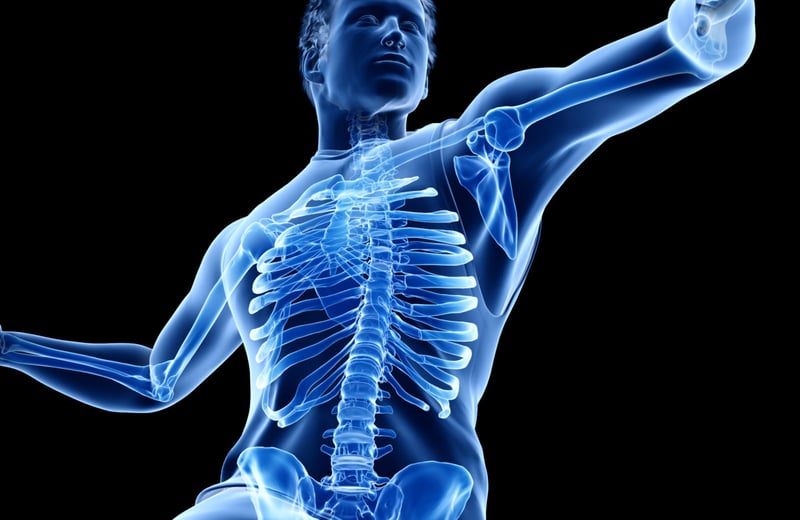
Lydon, Will & Van Ness, Mark & Mayberry, John & Rossi, Joey & Jensen, Courtney. (2018). Sparta Testing and Vertical Jump Co-Predict Fastball Speed in Collegiate Pitchers. Medicine & Science in Sports & Exercise. 50. 445. 10.1249/01.mss.0000536546.60482.4b.
For every 1-inch increase in VJ height, there is a predicted 0.5-mph increase in pitch velocity.
L, E, D, weight, and VJ explain 56% of the of the variance in speed (These 5 variables can explain 56% of the variation in pitch speed).
For every 1-T-score increase in Load, there is a predicted 0.2-mph decrease in pitch velocity.
For every 1-T-score increase in Explode, there is a predicted 0.2-mph increase in pitch velocity.
For every 1-year increase in grade level, there is a predicted 2.1-mph increase in pitch velocity.
“In the age of sophisticated analytics equipment, the VJ remains a compelling predictor of fastball velocity, but it predicts in tandem with the SPS (Sparta Performance Science) technology.”
POPULATION: Kinetic data from vertical jump assessment and fastball pitching velocity were recorded for 30 Division I pitchers during a 4 year span.
The questions covered:
Can baseball pitching velocity be predicted utilizing kinetic data from a vertical jump?
This study investigates the relationship between fastball pitching velocity and data collected utilizing the Sparta Scan vertical jump assessment. Four years of in-game pitching performance data were utilized to identify 30 different pitchers fastball velocity. Pitchers were tested using the Sparta Science platform to collect 4 variables: Load, Explode, Drive, and Jump Height. Fastball velocity was defined as the average velocity (mph) of the fastest 3 in-game pitches at the time of testing. Multiple linear regression tested the effect of the Sparta Scan data on pitch speed.
The collection of variables explained 56% of the variance in speed.
Each additional unit of Load predicted a 0.2 mph decrease in speed.
Each additional unit of Explode predicted a 0.2 mph increase.
The most powerful predictor was year in school: for each additional year, fastball velocity increased by 2.1 mph.
Drive was not a significant predictor.
As improvements in analytics technology become more accessible, these data are able to be analyzed as predictors of performance in sport. The vertical jump remains a compelling predictor of fastball velocity, but it predicts in tandem with the Sparta Science technology. Improvements in Jump height, Explode, and grade level increase pitch velocity, while improvements in Load decrease pitch velocity. Drive seems to have no effect on pitch velocity.